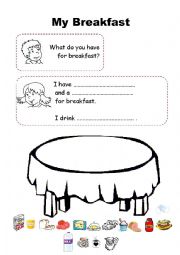
|
My breakfast
For foreign learners.
1. Color on the table things you like to eat.(or cut out the pics - so you can play/ talk more often in different combinations.
2. Fill out the blancs.
3. Find a partner and ask what he/she has for breakfast.
4. Then the partner ask you - using your notes.
5. Find another partner.
------------------------
Me...
Level: elementary
Age: 7-10
Type: worksheet
Downloads: 22
|
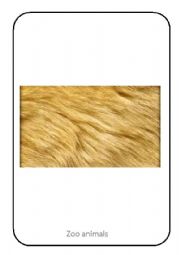
|
Vocabulary Cards - Zoo animals- 2
Flashcard for school. To learn the Zoo animals, I use them for second language learners in school. You can use them also as flash cards or game cards (finding word and picture pairs)
Part 1 include 18 animals.
Part 2 the words to describe the animals (fur, feathers, leather, four legs, two legs, tail, trunk, beak, fins, horn, wings)
Part ...
Level: elementary
Age: 7-11
Type: flash-card
Downloads: 13
|
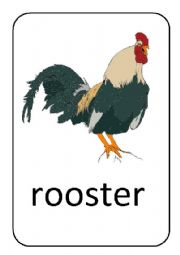
|
Farm animals (6)
Flashcard for school. To learn the farm animals, their babys and sounds. I use them for second language learners in school. Part 6 with: rooster, donkey, goat& kid, frog & tadpole and some free cards for your own ideas! ;-)
. Because of the upload limit I had to separate the document in 6 parts... Sorry for that ;-) Have also a look to the other d...
Level: elementary
Age: 5-12
Type: flash-card
Downloads: 23
|
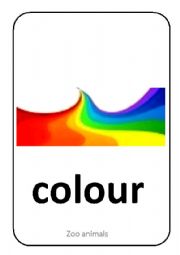
|
Vocabulary Cards - Zoo animals- 4
Flashcard for school. To learn the Zoo animals, I use them for second language learners in school. You can use them also as flash cards or game cards (finding word and picture pairs)
Part 1 include 18 animals.
Part 2 the words to describe the animals
Part 3: the places where Zoo animals live
Part 4: also category cards (colour, size, leg...
Level: elementary
Age: 6-10
Type: flash-card
Downloads: 9
|
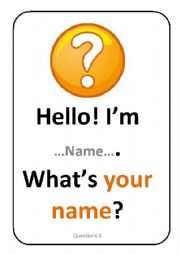
|
Questions Cards - activity
Activity Game, Questions about the daily talk.
You have to print this cards double sided. Make sure that every card got "?" and "answer" side. Just the first card has got just the "?" and the last card just the "answer" side.
How to play: Hand out one card to every student. The "just ?-card" starts asking the question from the card. The one stud...
Level: elementary
Age: 7-12
Type: activity-card
Downloads: 67
|
|
|
|